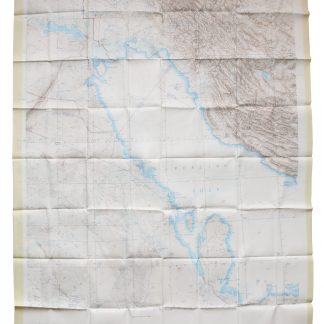Political intrigue in Al-Jawf
Jauf and the North Arabian Desert (In: The Geographical Journal Vol. LXII No. 4. October 1923).
8vo. 241-258 pp. [entire volume: viii, 241-320 pp. with two folding maps at rear, one related to Philby's paper]. Original blue printed wrappers.
€ 300,00
First edition. An overview of the author's exploration of the Arabian Desert, sometimes by specially fitted Ford cars (though Philby notes his own preference for and success with camels) in an attempt to traverse the Al-Jawf Province and gain a sense of the political situation there. Includes photographic plates and some discussion of tribal politics and the maneuvers, political and military, of Ibn Saud.
St John Philby (1885-1960), also known by his Arabian name "Sheikh Abdullah", was an Arabist, explorer, writer, and British colonial office intelligence officer. Educated at Trinity College, Cambridge, he studied languages and was a friend and classmate of Jawaharlal Nehru, later prime Minister of India. Philby settled in Jeddah and became famous as an international writer and explorer. He personally mapped on camelback what is now the Saudi-Yemeni border on the Rub' al Khali; in 1932, while searching for the lost city of Ubar, he was the first Westerner to visit and describe the Wabar craters. At this time, Philby also became Ibn Saud's chief adviser in dealing with the British Empire and Western powers. He converted to Islam in 1930. The personal contacts between the United States and Saudi Arabia were largely channeled through the person of Philby.
Hints of wear; well-preserved.
Macro 1786.












